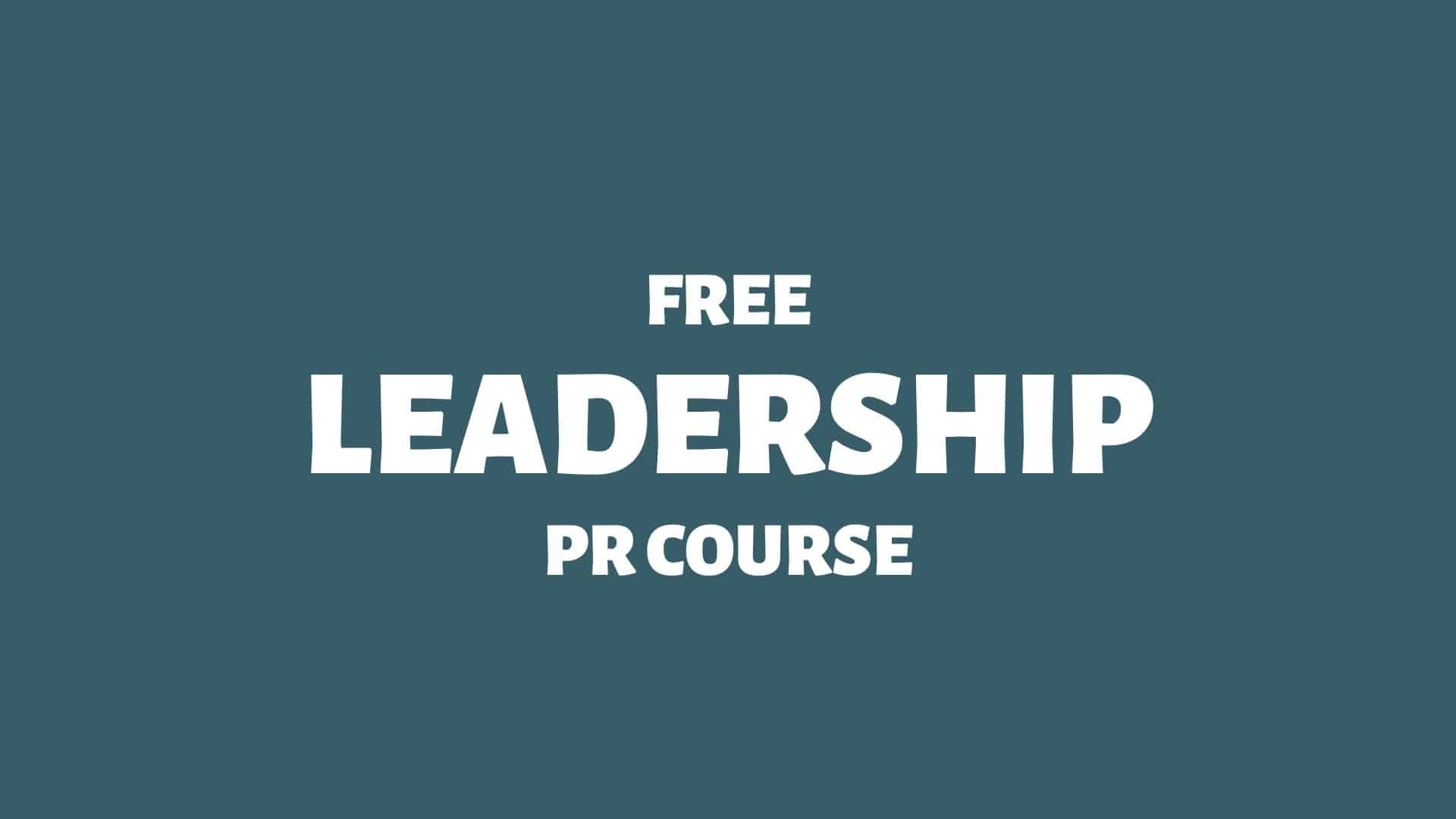Why you should speak first — a simple yet powerful hack
Leadership isn’t always about making grand decisions or monumental gestures. Sometimes, the most impactful leadership strategies are minor behavioural adjustments that can change the dynamics of an entire team.
Here we go:
The Hack: Speak First
This is a powerful yet deceptively simple hack for communicative leadership:
Key takeaway: To assert leadership, speak first during formal and informal occasions with your team.
Why does this matter? It taps into a deeply rooted psychological pattern. In any group setting, we instinctively look towards those who take initiative. This dynamic is observed consistently in social psychology.
By speaking first, leaders signal confidence and direction. This isn’t about monopolising the conversation or wielding control — it’s about setting a tone, providing clarity, and building an environment where others feel grounded and ready to contribute.
Psychological research supports this concept. According to Van Vugt et al. (2008), people naturally look towards those who initiate action as leaders, especially in uncertain situations. This phenomenon, called “leader emergence”, suggests that the mere act of taking the first step — whether in speech or action — can cement a person’s position as a leader in the minds of others. 1Van Vugt, M., Hogan, R., & Kaiser, R. B. (2008). Leadership, followership, and evolution: Some lessons from the past. American Psychologist, 63(3), 182 – 196. … Continue reading
Similarly, a study by Anderson and Kilduff (2009) found that individuals who act confidently and make the first move tend to be perceived as more competent, regardless of whether their actual abilities match this perception. 2Anderson, C., & Kilduff, G. J. (2009). Why do dominant personalities attain influence in face-to-face groups? The competence-signaling effects of trait dominance. Journal of Personality and … Continue reading
Setting the Stage
The key to success is balance. Speaking first is not about dominating the conversation or disregarding others’ perspectives. It’s often about effectively framing the discussion.
For example, by opening a meeting with a brief introduction, you create a context for the following discussion, allowing others to contribute meaningfully. In informal discussions, being the first to express support for an idea can make the environment safer for others to share their thoughts.
Think of it as establishing the ground upon which others can confidently walk. It might mean introducing a topic with a personal anecdote that makes it relatable, or it could be something as simple as expressing excitement about hearing from a particular team member working on a great project.
Key takeaway: The leader’s purpose in speaking first is to pave the way, model engagement, and help frame contributions that allow team members to shine.
By striving to speak first, you take on the often understated yet powerful role of a leader who provides the initial cues that shape a productive, collaborative atmosphere. It’s about giving direction without overshadowing, building momentum without taking over, and ultimately, encouraging others to follow with their contributions.

THANKS FOR READING.
Need PR help? Hire me here.

What should you study next?
Spin Academy | Online PR Courses

Spin’s PR School: Free Leadership PR Course
Take advantage of this Free Leadership PR Course to sharpen your public relations skills and become a confident and influential leader in any industry.
Leadership Theory
Communicative Leadership
Bonus Articles
Learn more: All Free PR Courses
💡 Subscribe and get a free ebook on how to get better PR.

Annotations
| 1 | Van Vugt, M., Hogan, R., & Kaiser, R. B. (2008). Leadership, followership, and evolution: Some lessons from the past. American Psychologist, 63(3), 182 – 196. https://doi.org/10.1037/0003 – 066X.63.3.182 |
|---|---|
| 2 | Anderson, C., & Kilduff, G. J. (2009). Why do dominant personalities attain influence in face-to-face groups? The competence-signaling effects of trait dominance. Journal of Personality and Social Psychology, 96(2), 491 – 503. https://doi.org/10.1037/a0014201 |


